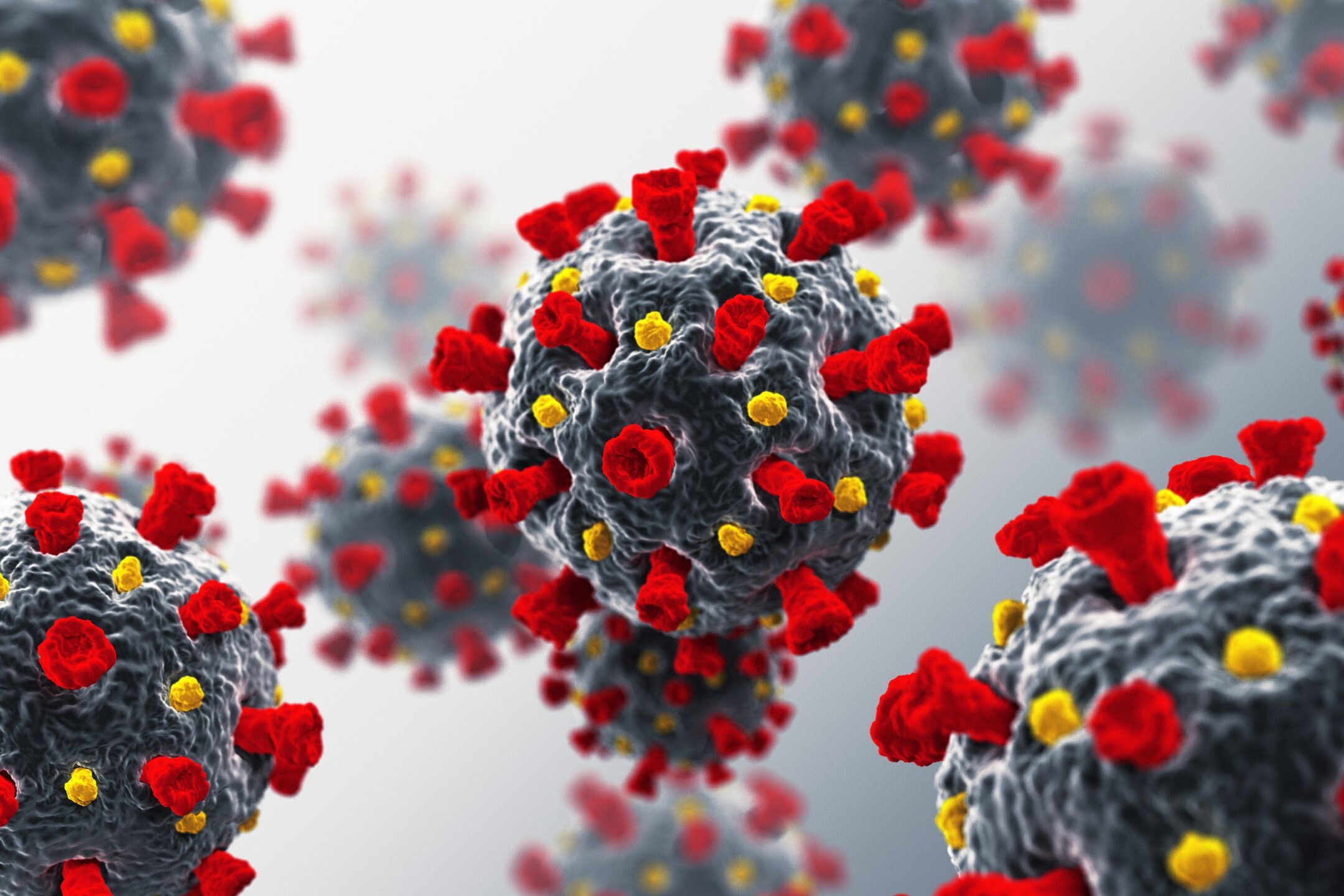By Desilon Daniels
Since the onset of the COVID-19 pandemic, public media organisations have demonstrated their resilience and adaptability while reporting on a crisis that has brought innumerable challenges to journalism. However, as countries around the world race to contain new waves and variants of the virus, there is a new challenge to surmount: how should public media approach vaccine coverage?
Even before the COVID-19 pandemic, the World Health Organization (WHO) warned that anti-vaccination campaigns threaten global health. The ongoing crisis has seen many countries struggling with vaccine hesitancy and outright rejection, such as Indonesia where a study estimates that, at the current pace, the country’s vaccination campaign will take more than ten years to complete.
Anti-vaccination messages – often grounded in mis- or disinformation – have been around since the very first vaccine. On the one hand, this means that public service media (PSM) have experience in reporting on vaccine hesitancy and dispelling false information surrounding vaccines. However, on the other hand, the COVID-19 pandemic is an unprecedented crisis. This is new territory for PSM journalists, many of whom are writing stories outside of their areas of expertise and on rapidly evolving situations.
It is crucial that news media – particularly PSM – tackle vaccine mis- or disinformation and provide useful sources of information on accessing vaccines. But why public media? Firstly, PSM have the reach and access that many private broadcasters do not. For geographically isolated and low-income communities, the reach and access afforded by public media offer the best chance of exposure to accurate and impartial information on COVID-19 vaccines.
Secondly, for a topic that has garnered much mistrust, it is important that people are getting information from sources they can trust. While trust in the media is at a new low, public media remain among the most trusted sources of news in many parts of the world, such as in Europe where they remain the most trusted sources of news in 61% of countries. Particularly for vulnerable groups – such as low-income communities and people from ethnic minority backgrounds – the combination of public media’s reach, access, and trust can go a long way in tackling vaccine hesitancy.
Read more: Misinformation about COVID vaccines is putting Australia’s diverse communities at risk, experts say
Finally, by tackling vaccine misinformation, PSM is going right to the heart of its values: serving the public by providing information that is factual, balanced, and aids in the making of well-informed decisions. Misinformation is the antithesis of these values and risks the lives of people from all sections of society. PSM are accountable to the public that pay for it, giving them responsibilities that private media do not.
How can public media get it right?
Public media can do their part by fact-checking; providing information on accessing vaccines; providing science-based information on vaccine development and impact; and striking a balance between criticality and responsible journalism in reporting vaccine concerns. There are undoubtedly challenges with some of these approaches, such as fact-checking, which requires resources – whether financial, technological, and human – which might be inaccessible for many broadcasters, particularly in light of existing pressures brought on by the pandemic and competing priorities. The pandemic brings the added element of uncertainty, where new developments are happening daily, so identifying misinformation has become a more complicated task. Nonetheless, much of what PSM can do to tackle vaccine mis- or disinformation builds upon long-established journalistic practices and largely require a ramping up of existing efforts of informing and educating the public:
Fact-checking – Fact-checking often takes the form of identification and direct addressing of partly or wholly incorrect claims. Fact-checks dissect claims and present fact-based information in response. This report by Deutsche Welle, which disputes a link between COVID-19 vaccination and deaths, is one example of public media fact-checking. Another example can be found with NCN Guyana, which launched a series called Your Doctor & COVID in response to the pandemic. In a recent episode, a practising doctor fact-checked vaccine concerns while answering other questions related to COVID-19 vaccines.
But fact-checking is not limited to responding to misinformation that is already in the public domain; journalists should double down on fact-checking their own stories (although publishing pressures can make this a challenge). Resources are publicly available on how journalists can improve the accuracy of their work before publication, such as these six tips for detecting fake science news; WHO’s tips for professional reporting on COVID-19 vaccines; and Public Media Alliance’s own fact-checking and investigative journalism resources.
Information on vaccine access – Due to their reach, PSM can provide the widest access to information on how to access a COVID-19 vaccine. PBS, for example, has compiled these tips for finding a COVID-19 vaccine in the United States. It must be emphasised that public media should consider the needs of different people when presenting information on vaccine access. They must consider disabilities, technological access, and media literacy when crafting how and where to disseminate messages.
Get down to the science – Building public understanding of the intricacies of vaccine development can alleviate fears and drive down vaccine hesitancy. Most concerns about vaccines rest with their safety so offering explanations in clear and simple language about the science could resonate positively with audiences. Many PSMs have been leading the way, such as the BBC with its resource about how vaccines moved from the lab to people’s arms in record time; France 24’s 20 questions about vaccination in France; and the Australian Broadcasting Corporation’s (ABC) vaccine FAQs and video about how COVID-19 vaccines work.
Striking a balance – Public media organisations owe it to the public (their core funders) to remain critical and hold power to account. This means asking tough questions of those in authority, with the goal of providing as much accurate information as possible. Vaccine reporting must go beyond daily news bulletins that simply provide updates and figures. Public media is there to ask questions on behalf of the public – particularly underrepresented communities who often have no voices – and keep audiences informed. News reports from public media that investigate vaccine inequities, such as those from PBS that reveal disparities in the US’ vaccine distribution and uneven global access to COVID vaccines, are good examples of criticality and impartiality.
A group of rich countries is buying up billions of doses of COVID vaccines, but the United Nations is stepping into the breach with its own plan to increase vaccine equity.https://t.co/l0wc1jLXXg
— PBS NewsHour (@NewsHour) February 25, 2021
Over the course of the pandemic, PSM have demonstrated the value of independent, trusted sources of news. However, to maintain their value, PSM must be able to function independently, without fear, and with access to information from officials.
Despite this role, cases of political interference and pressures against PSMs are on the rise worldwide. We’ve seen, for instance, the rise of “Fake News” laws across South East Asia, which are used by governments to remove reports they deem to be contentious and penalise critical coverage of COVID-19 responses. While in Europe, there has been a significant growth in direct and indirect challenges to the independence of public media organisations throughout the past year.
As countries continue to roll out vaccines to their citizens, PSM must be afforded the independence they need to lead the way in informing the publics they serve.
Header Image: Doctor injecting vaccine into arm of senior male patient. Credit: triloks/istock
Related Posts
23rd September 2020
Call Out: COVID-19 compounds risks to public media and their critical role in democracy
Independent public media and public…
7th July 2020
COVID-19: Amplifying the threats to public media
From political interference to funding…
20th March 2020
Covid-19 and public media: Adaptation and contingencies
Many of us are having to rapidly…


